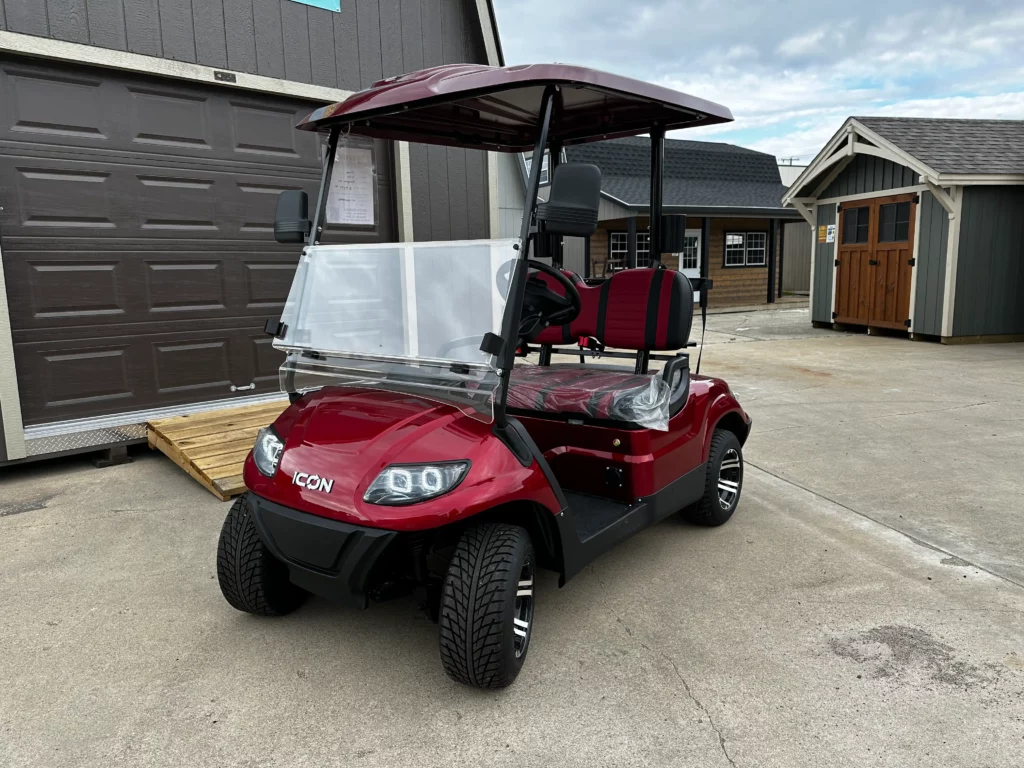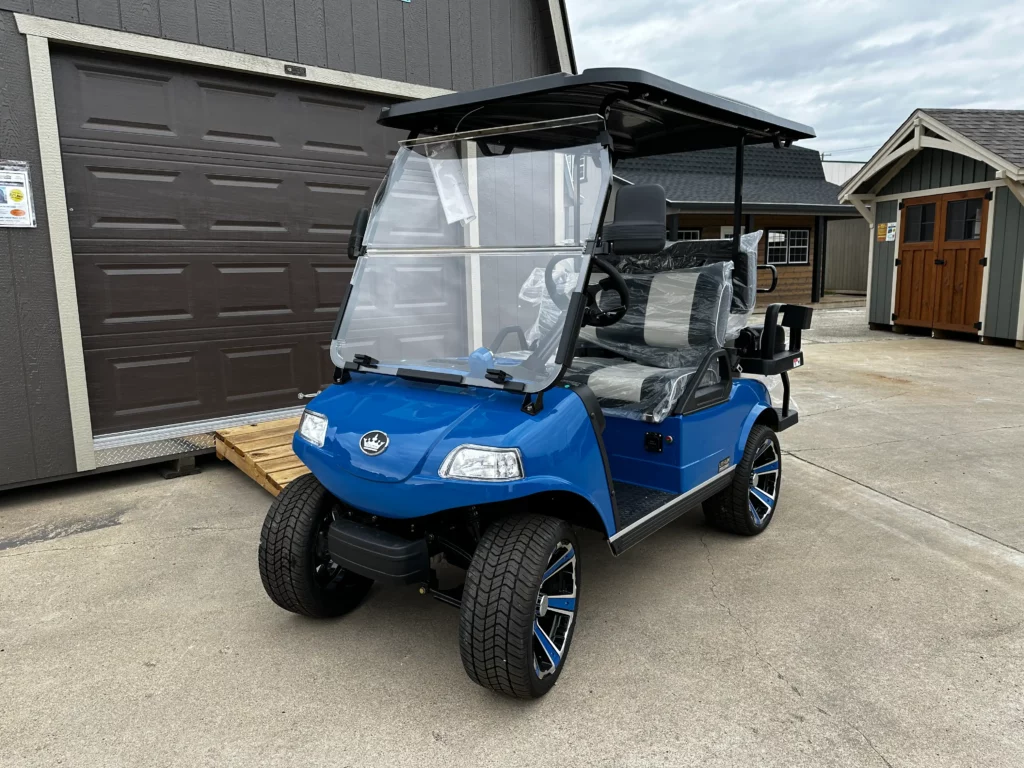Low-Speed Vehicles (LSVs) offer a viable and eco-conscious mode of urban transportation, bridging the gap between golf carts and conventional automobiles. You may wonder what is an LSV and why is it important. This comprehensive guide delves into the world of LSVs, shedding light on what characterizes them and how they’ve seamlessly integrated into modern transport solutions.

Defining Low-Speed Vehicles
LSVs, legally categorized as four-wheeled vehicles, are predominantly electric or gas-powered. They’re specifically designed for urban and community travel, adhering to speed limits not exceeding 35 miles per hour (56 kilometers per hour). LSVs are versatile, finding utility in urban transit, local commuting, and even serving as utilitarian vehicles within expansive properties.

Key Attributes of LSVs
LSVs come with distinct features. First and foremost, they’re bound by a speed limit—legally operating at or below 35 mph (56 kph). Their operating capabilities closely mirror standard vehicles, equipped with essential safety features such as seatbelts, mirrors, headlights, brake lights, turn signals, and a windshield with wipers. LSVs may be electric, emphasizing energy efficiency and environmental friendliness, or opt for a gas-powered route, contingent on personal preferences and local regulations. An aspect often celebrated with electric LSVs is their quiet operation, resulting in reduced noise pollution, especially in residential settings.
The crux of LSV usage is abiding by local laws and regulations. The legality of LSVs on the streets may vary across different regions, making it imperative to comprehend and adhere to the pertinent statutes.

Common Applications of LSVs
Urban Commuting: LSVs excel in urban settings, facilitating convenient, short-distance commuting within cities where low speeds and compactness enhance maneuverability.
Gated Communities: LSVs harmonize with gated communities and residential areas where stringent speed limits coexist with the need for practical and eco-friendly local transit.
Campus Mobility: Colleges, resorts, expansive properties, and corporate campuses regularly employ LSVs to transport students, guests, or staff efficiently.
Golf Courses: With their origins in golf carts, LSVs maintain a significant presence on golf courses, aiding both golfers and course maintenance tasks.
Tourist Destinations: LSVs extend a distinctive means of exploration in tourist hotspots, offering eco-conscious mobility and an experience distinct from traditional vehicles.

Advantages of LSVs
- Eco-Friendly: Electric LSVs boast zero emissions, aligning with sustainable transportation practices.
- Cost-Efficiency: In terms of purchase price and operational costs, LSVs frequently outperform standard cars, rendering them more budget-friendly.
- Minimal Maintenance: Electric LSVs have fewer moving parts than conventional automobiles, translating into reduced maintenance expenses.
- Community Convenience: LSVs are a practical choice for local mobility, reducing the reliance on larger, gas-consuming vehicles in neighborhoods.
- Low Noise: The quiet electric operation of LSVs has a positive impact on noise pollution in residential zones.

Putting LSVs in Perspective
Low-Speed Vehicles have transcended their golf cart origins, evolving into an indispensable component of eco-conscious urban and suburban travel. While unsuitable for high-speed or long-distance journeys, LSVs have established themselves in various niche applications, offering efficient and sustainable transit options. A comprehensive grasp of LSV regulations and advantages can facilitate well-informed decisions concerning their incorporation into daily life. We hope this answers your question about what is an LSV.






